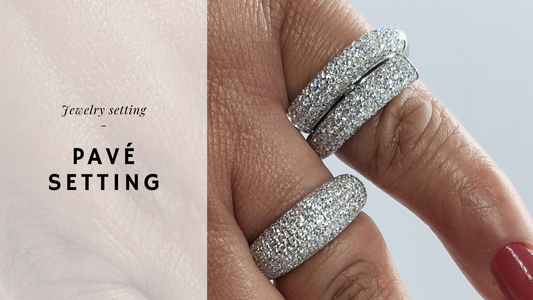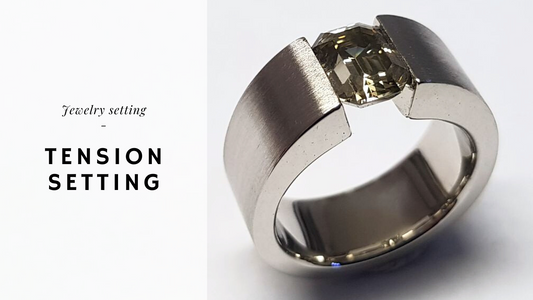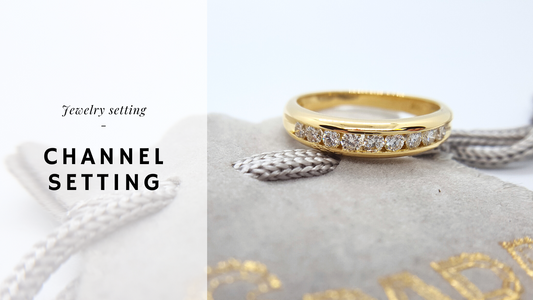
For more than 4000 years, the deep "green fire" of emeralds has been treasured as a symbol of eternal spring and immortality. Shrouded in myth and lore, the birthstone for May isn't just a beautiful gem. Emeralds are also ornaments of power and politics that have created legends and molded world history. Prized by Egyptians, Romans, Aztecs, crowned heads of Europe, and today, gem connoisseurs the world over, emeralds, more than any other precious gemstone, have sparked the eternal fires of our collective imagination.
The green color of emeralds is unparalleled in the gem kingdom. Its beautiful green, combined with its rarity, makes emerald one of the world's most valuable gemstones. Interestingly, its name comes from the Greek word smaragdos, meaning "green gem".

Emeralds are members of the beryl family of minerals. Minute traces of chromium, vanadium, and iron give them their famous "green fire". The green crystals grow slowly within metamorphic rocks and are restricted in size by the host rock, making large emeralds rare and costly.
Unlike other beryls, emeralds often contain inclusions and tiny fractures. These are commonly called jardin, from the French word for "garden", because of their resemblance to foliage. For emeralds, jardin is not looked on as a negative aspect (like it would be for some other gem varieties), but instead, it is considered part of emerald's character and can be used to assure the purchaser of a natural gemstone.
Although emerald is relatively hard and durable, it must be protected from harsh blows because the jardin found within makes it susceptible to breaking. The famous 'emerald cut' was developed specifically for this gem to reduce the amount of pressure exerted during cutting.

Transparent emeralds are faceted in gem cuts for jewelry, while translucent material is cut and polished into cabochons and beads. Trapiche emeralds are also cut into cabochons, making exquisite jewelry pieces.
A very small number of emeralds display asterism and chatoyancy; these, too, are cut into cabochons.
When buying emeralds, the most important consideration is always color, with clarity and quality of cut playing second fiddle. Nevertheless, the brightness of the gemstone, which is somewhat determined by the cutting and clarity, is also an important factor. Traditionally, deep green is the most desired color in emeralds. Paler emeralds are sometimes called green beryl. As emeralds from different locations can vary slightly in appearance.



